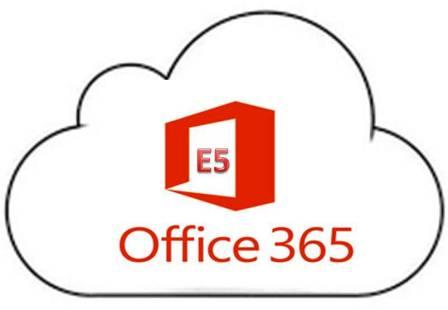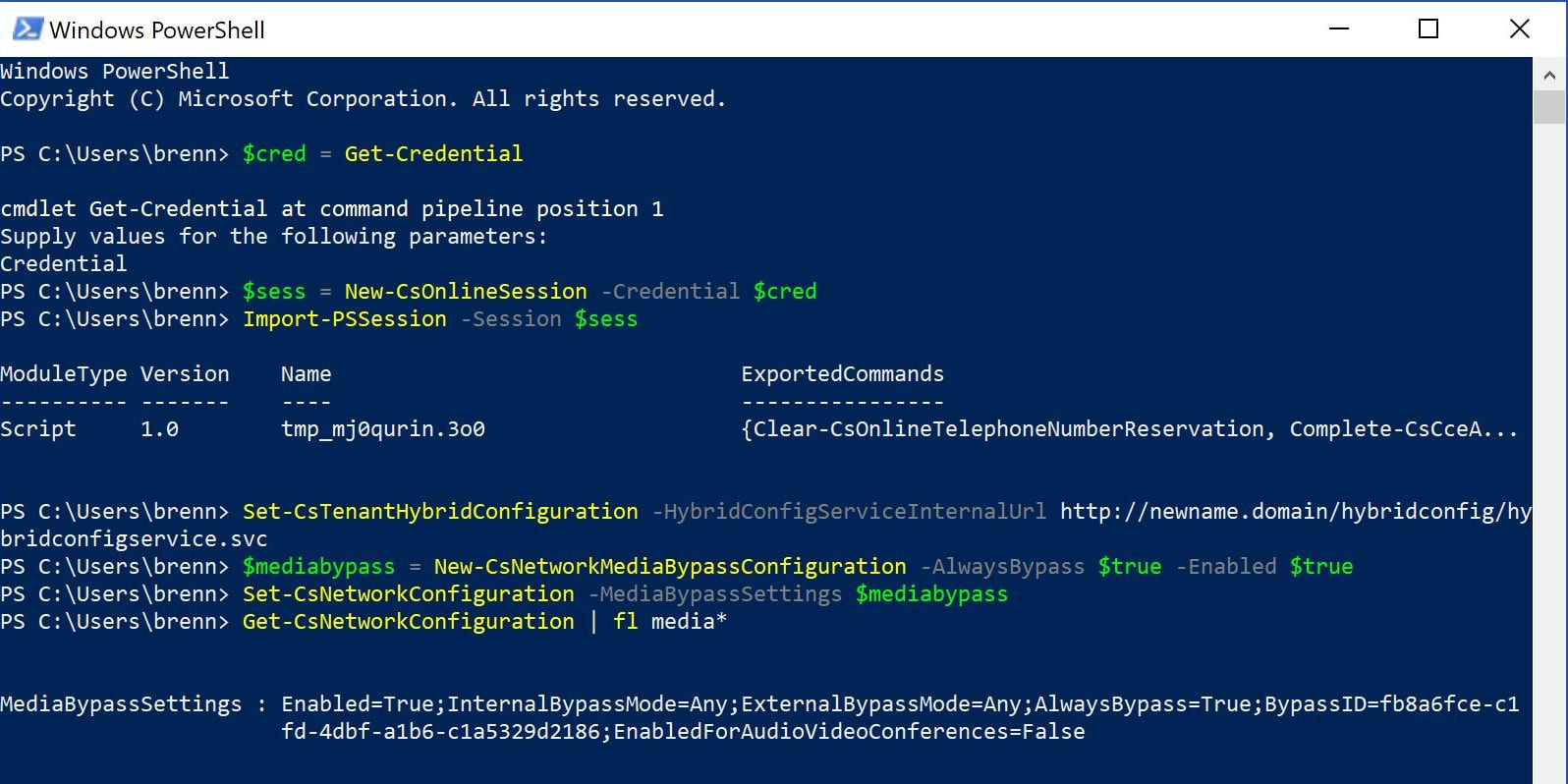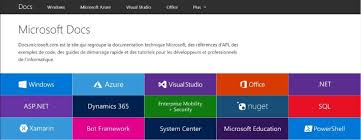| In a previous blog post we covered how to deploy Cloud Connector Edition 1.4.1 in a single site lab environment and registering certified IP Phones to CloudPBX. Microsoft has recently released CCE v.20 based on customer feedback which brings several significant improvements and addresses some of the key limitations of v1.4.1. This blog posts covers what the new features are, what are the requirements to enable these new features. For more information and deployment guidance on CCE2.0 as well as downloading the bits, the link will be most useful: https://technet.microsoft.com/en-us/library/mt605227.aspx |
First lets quickly cover what are the new features in CCE2.0 in point form before going into more details:
- Media Bypass
- Support for 16 Cloud Connector Editions per PSTN site
- Ability to manipulate SIP headers for billing or interoperability
- Hybrid Voice flag in Mediation Server Agent for Call Quality Dashboard
- Disable SSL 3.0 by default for better security
- Automatic installation of .NET framework 4.5.2 which is dependency of current Skype for Business Server
- New cmdlets for administering CCE
1. Media Bypass
Media Bypass is probable to top asked-for feature in CCE. Many customers had been asking for it since CCE was released and it's finally here in v2.0. Media bypass will allow local intranet clients to connect to the PSTN gateway directly for media traffic instead of going through the mediation server in CCE. Signalling traffic will still go through CCE but allowing media to go direct from client to PSTN gateway will significantly improve voice quality and reliability since there is reduced latency and fewer points of failure along the media path. It will also allow CCE required to support a larger number of concurrent voice sessions. However, its important to note the pre-requisites and limitations of media bypass in this CCE release. First, we need to configure a DNS A record in the internal production DNS and this record should only resolve for internal network clients; it should not resolve for external network clients. This A record is the bypass service name that points to the CCE Mediation Server IP eg. newname.domain
Next, the administrator must enable media bypass in the Office365 tenant and wait for this setting to be replicated to all CCE mediation servers. To enable this, the set-CsTenantHybridConfiguration cmdlet is used as shown below. Then we create a new MediaBypassConfiguration object using New-CsMediaBypassConfiguration cmdlet and configure the tenant to use this object using the Set-CsNetworkConfiguration also shown below:
2. Support for 16 Cloud Connector Editions per PSTN site
In the previous release, CCE1.4.1 only supported 4 CCE editions per PSTN site. With each CCE appliance supporting 500 concurrent calls, this means that each PSTN site could only support up to 1,500 concurrent calls using 4 editions with 3 active and 1 standby. Now that CCE2.0 can support up to 16 CCE appliances per site, we can support up to 7,500 concurrent calls without media bypass. With media bypass the number of concurrent calls supported is even higher. This reduces the need to create additional PSTN sites to support more users.
in the previous 1.4.1 release, CCE only allowed manipulating SIP headers by directly configuring the SIP Trunk settings on the Mediation Server component. These modifications were not retained during software upgrades and so in CCE2.0, we can now make persistent customized SIP Trunk settings via the CloudConnector.ini file. The settings available are:
- Enable Fast Failover Timer: This is set to True by default which means that the Mediation Server will expect a SIP183 Session in Progress response within 10secs otherwise it will disconnect. If the gateway response is expected to be greater than 10secs, then this setting should be set to false
- Forward Call History: The default is False and we can set this setting to True if we want the 'History-Info' and 'Referred-by' SIP headers to be included by CCE. This is useful in Sim Ring/Call Forwarding and Call Transfer scenarios for presenting Caller-ID and for billing purposes
- Forward PAI: This is False by default. When set to True, the CCE will forward PAI headers with SIP and TEL URIs to the SIP Trunk. This is useful when call history is not available
In CCE1.4.1 the user agent string in the SIP headers sent by the Mediation server component was indistinguishable from calls placed by other trunks. Hence it was difficult to determine accurately the quality of calls in the CQD online reporting. In CCE2.0, the user agent string is now unique and looks like 'RTCC/6.0.0.0 CCE-MediationServer/6.0.9319.398'.
5. Disable SSL 3.0 by default for better security
Since the SSL 3.0 attack vulnerability was discovered many companies have disabled or blocked this protocol for security reasons. CCE does not use SSL for communications and so it is now disabled in CCE2.0
6. Automatic installation of .NET framework 4.5.2 which is dependency of current Skype for Business Server
The Skype for Business build that is included in CCE2.0 requires the .NET framework 4.5.2 which is not included in the default Windows Server 2012 R2 image. When deploying the CCE VMs using the Start-CcDownload script, this will be automatically downloaded from the internet and applied to the base VM and hence the CCE host machine needs to have internet connectivity during deployment. This is not a problem for single site deployments but for multi site deployments this may take a long time. To mitigate this we can prevent the automatic download by using the 'PauseBeforeUpdate' swtich when running the 'Convert-CcIsoToVhdx' script. Then we can manually update the Base VM with .NET Framework 4.5.2 as well as other settings such as network proxy. Once this is completed the script can be resumed to continue with the base image VM process.
7. New cmdlets for administering CCE
With the introduction of media bypass in CCE2.0, new cmdlets are now available to manage media bypass settings. These are tenant cmdlets that are run through remote powershell and include
- New-CsNetworkMediaBypassConfiguration
- Get-CsNetworkConfiguration
- Set-CsNetworkConfiguration
- Import-CcConfiguration
Conclusion
Overall CCE2.0 is an essential update that should be applied to all previous CCE deployments so that the new features and capabilities can be used. There are also some changes to CCE which will covered in the next blog article where we will also cover how to upgrade from CCE1.4.1 to CCE2.0






 RSS Feed
RSS Feed